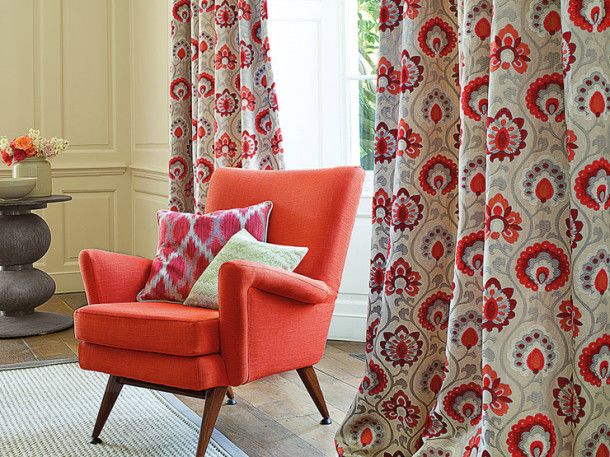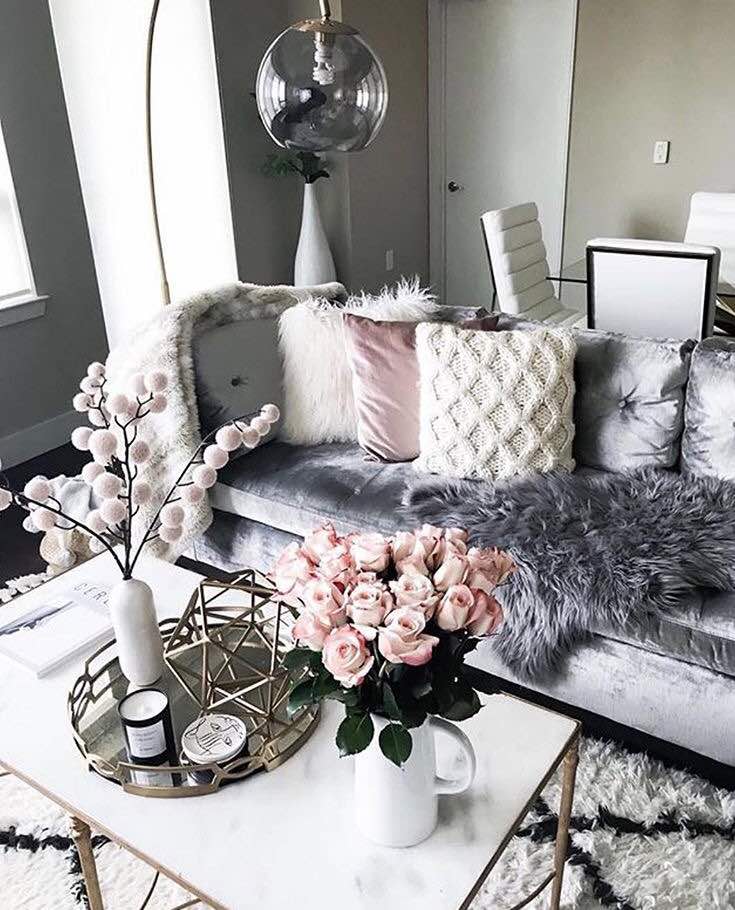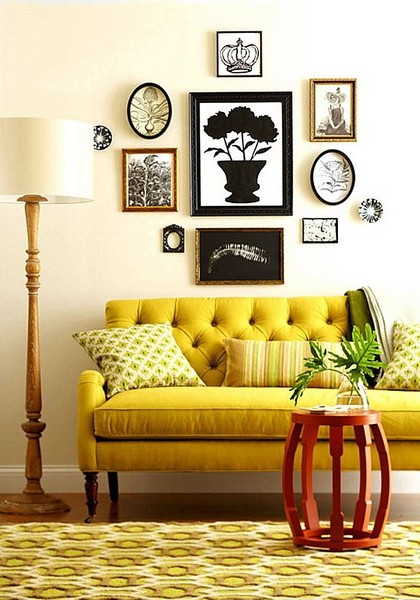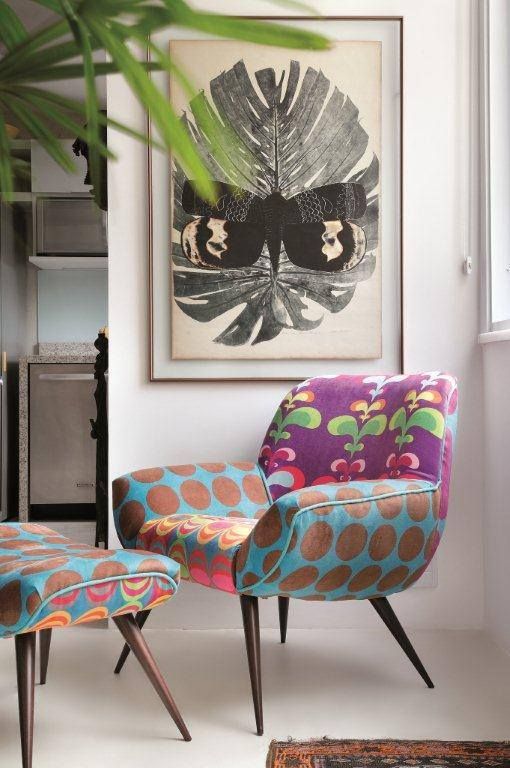Textile design plays a special role in creating the interior. It is he who is the key element in the decoration of the room, when the walls with decoration and furniture are imperceptibly transformed into a cozy residential house. Looking at curtain design patterns, you may like these or those things. But all is well in place, and when the abstract representation turns into a clear understanding of what you need, you will perceive the information in a completely different way. Passing it through your needs and individual characteristics of windows and the room as a whole.

How to choose curtains for the home: designer tips
Let’s look at a few principles that should influence the choice of textiles and curtain design.
1. Look at the light in the room

Each room has a different degree of illumination. Here the role is played by the side of the world, the number and size of window openings.
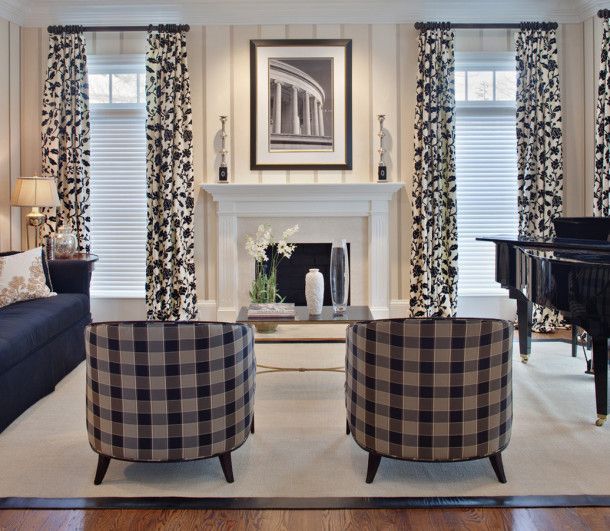
If you like light and want to get the maximum amount of it throughout the day, you should take care of this. Tulle should be chosen as transparent and weightless as possible. Curtains are best placed so that they are assembled on the wall and do not cover the windows. Remember – in front of the glasses, a tulle should always hang, not a curtain. In order to achieve this effect, you need to take care of the length of the cornice in advance – if it is a “string” from wall to wall, then there will be no problems. And if it is a metal hinged cornice, you need to indent on both sides at least 40-50 cm.
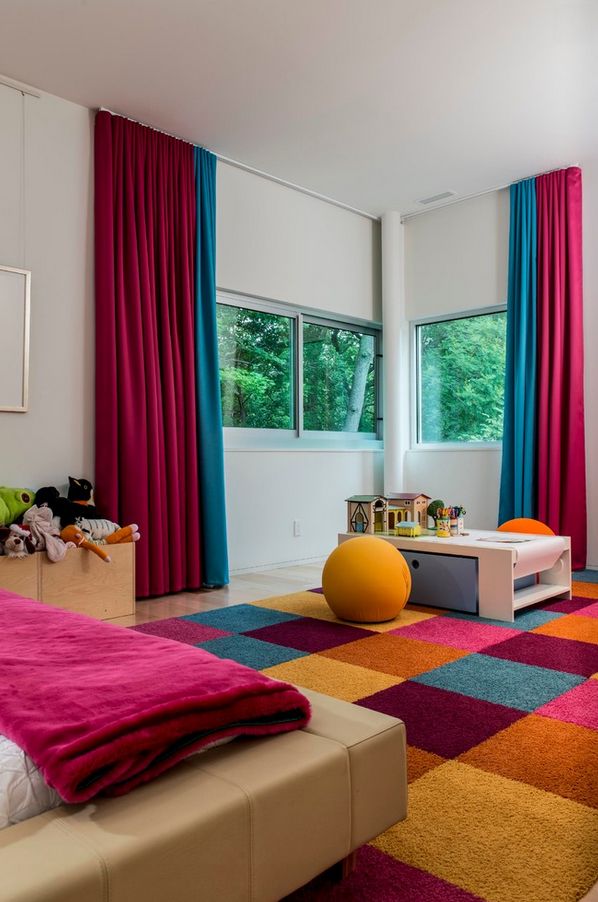
If you prefer twilight or do not like bright light, then you should choose a denser fabric for curtains so that they can be closed if necessary. One of the most common fabrics. which do not let in sunlight, is the fabric “black out”. It has a smooth texture that will harmoniously look in any interior, but has one drawback – it’s easy to make hooks on it. Therefore, you need to handle it carefully.
2. Decide on the texture of textiles
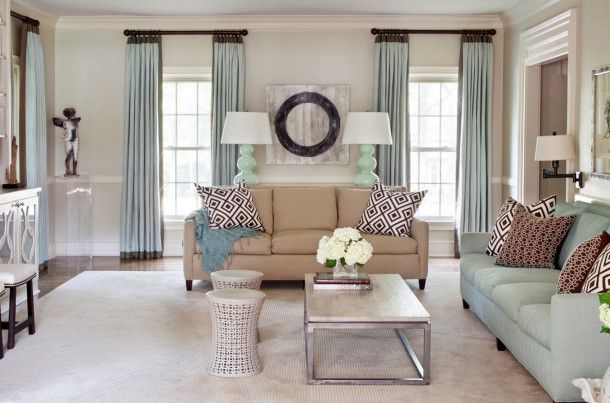
Looking through the various design options for curtains, pay attention to what texture your favorite designs have. If you look closely, you can definitely highlight a couple of features. Evaluate your preferences – whether you like the fabric to fall down in even organized folds or lie freely on the floor. If you like airy interiors, fabric even for curtains in them is often very light and slightly transparent. In more conservative solutions, curtains are made of coarser fabric..
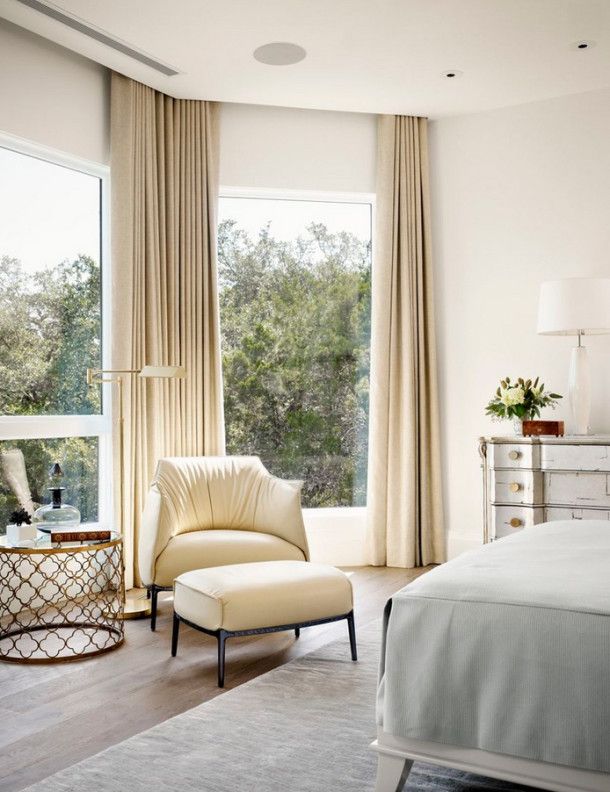
When choosing textiles, be sure to tell the tailor what tactile sensations you want to get at the exit, show a photo and be sure to discuss how the fabric should fall. A competent master will definitely advise you on what fabrics to pay attention to and explain why you can not use other.
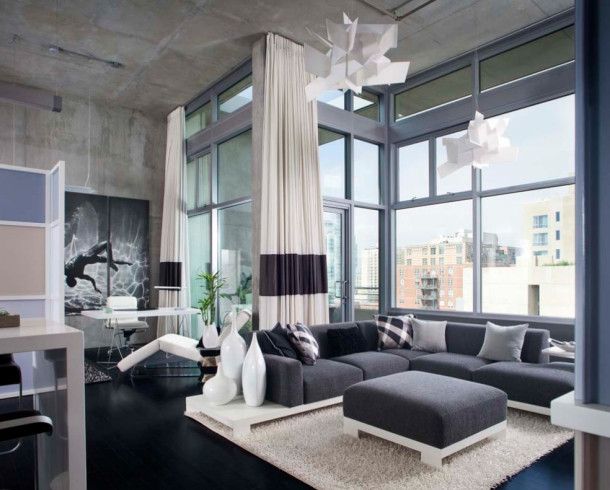
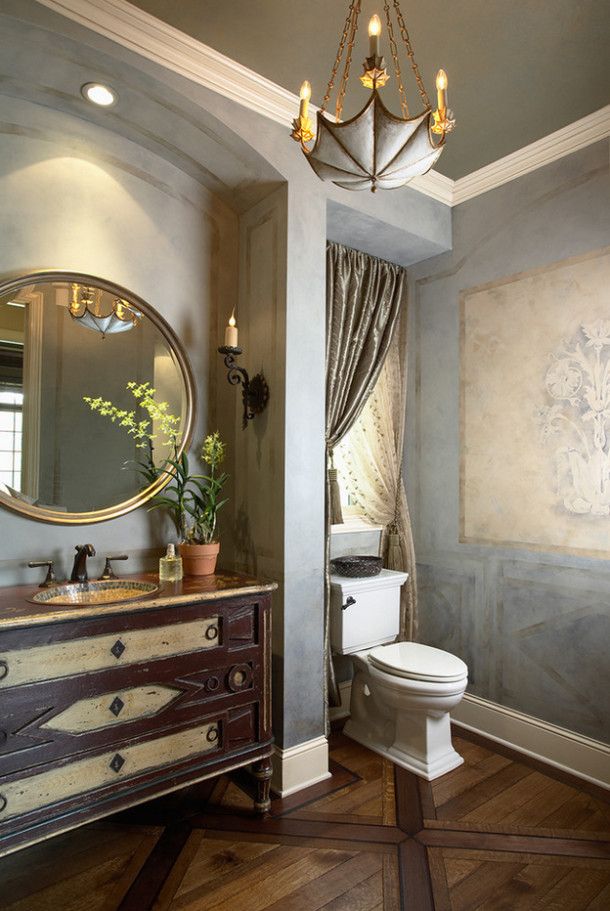
3. Weigh the importance of usability

In any house there are such window openings, past which pass only a few times a day. The room is not contaminated there, and the curtains hang in perfect condition until the next wash. In such rooms (most often it is a bedroom and an office) you can afford any material and design at your discretion. And you can choose it, starting only from your aesthetic preferences.
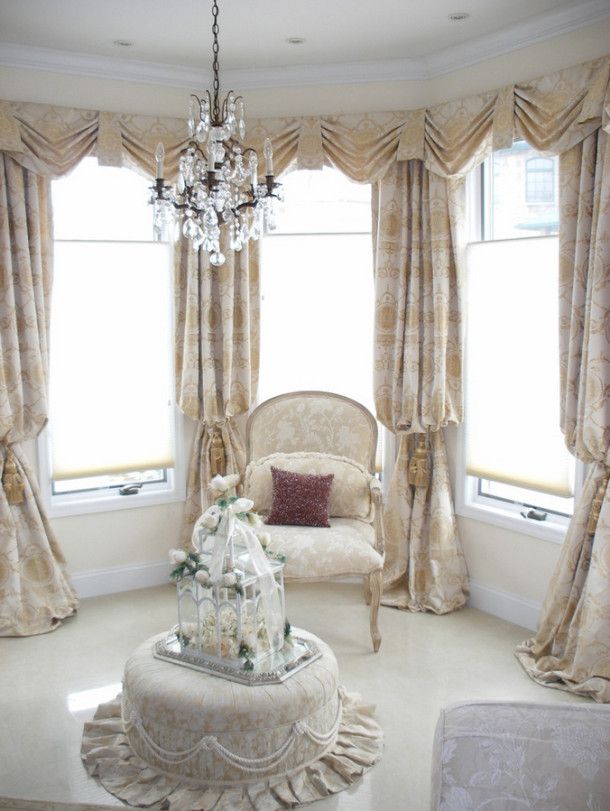
And there are such rooms in which, first of all, you need to take care of the functionality of the curtains and the convenience of caring for them. These include a kitchen, balconies and children’s rooms. It does not need extra frills, decorative elements and other attributes. The most simple and strong fabric. And you can carefully choose the color and shade – this will be enough to correctly combine the curtains in the interior. You may be a little puzzled right now, especially if before reading this article you were determined to maintain the style of shabby, country or classic with all kinds of lambrequins in the design of curtains. However, the choice is always yours. Just don’t forget that it’s hard and troublesome to look after all this beauty, and if there is no one to do it once, then it’s better to concede and hang simpler curtains – even or Roman, than to “admire” dirty ruffles later.
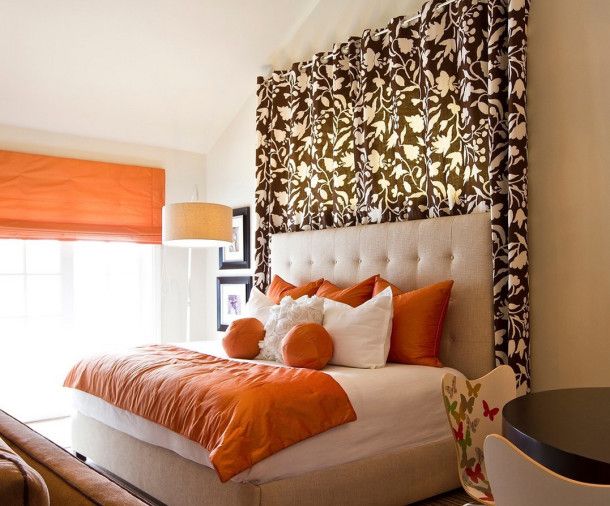
4. Choose the optimal height for the cornice and its shape
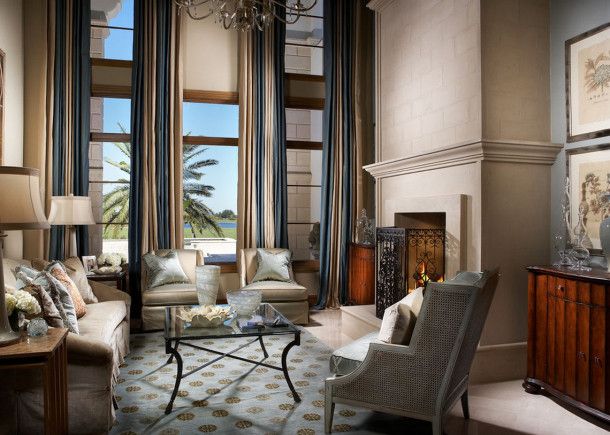
When the window is complex in shape, the cornice most often repeats along the perimeter. This is not unusual, because in this way you will further emphasize the originality of architectural solutions. However, in this case, the cornice can also remain simply flat. This is not to say which option is better – if performed correctly, they both look great.


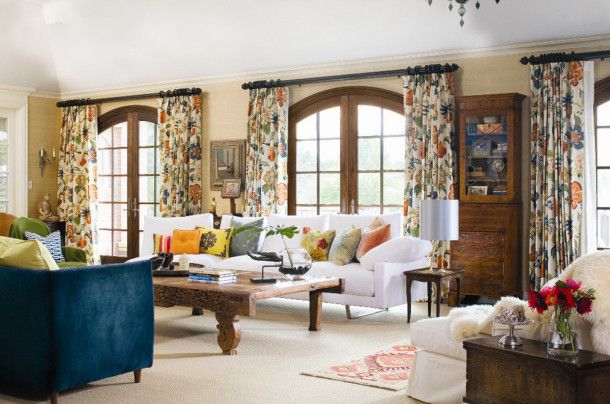
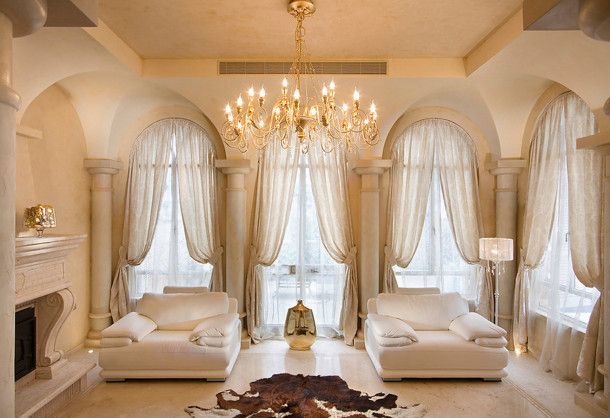
If the windows are rectangular, the situation is somewhat different. One of the most beneficial for perception is hanging the cornice much higher than the window. This visually increases the height of the ceilings and gives the interior some French notes.
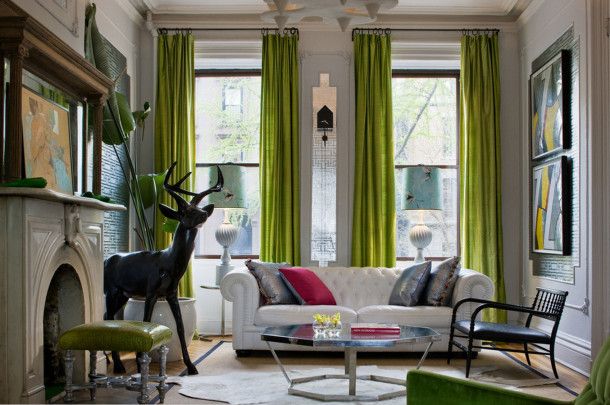
If desired, the cornice can be stretched along the entire wall or even several walls so that the curtains can be freely moved along them (of course, if the situation requires it)

There are also several ways to hang the cornice – it can be ceiling-mounted and hinged. Ceiling often hidden behind the so-called “pocket” – a hole in the lowering of the ceiling, while saving on a metal ledge. The latter, in turn, also has many fans and wins in terms of ease of curtaining. Metal rings move much easier through the pipe than plastic hooks along the string.
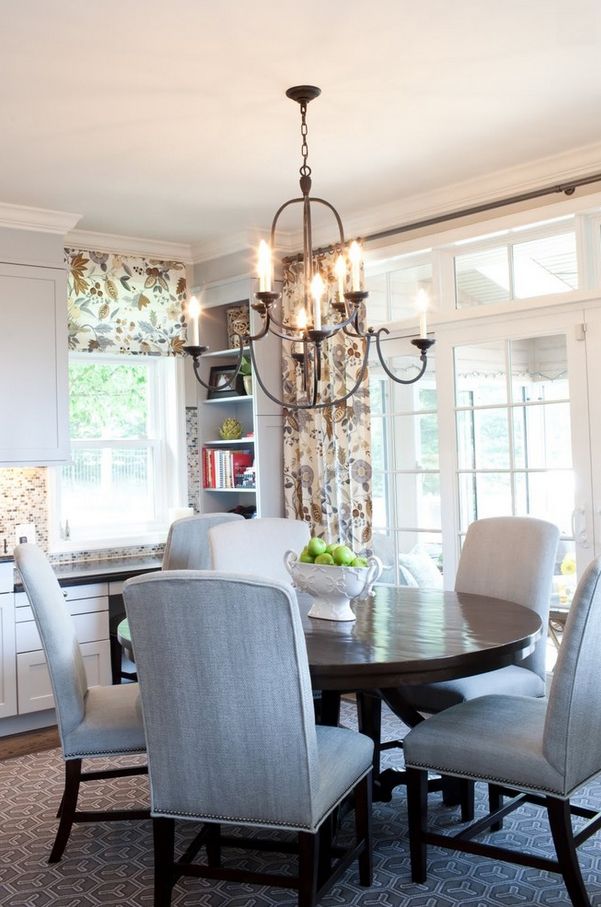
If you consider each of these four principles, you will have little room for thought regarding curtains. Much has already been decided in a natural way, through logical reflection. Now, most importantly, you will be sure that it will be convenient to use curtains in the future. And the design, the color of textiles or print and the method of assembly will only brighten up these positive qualities.






